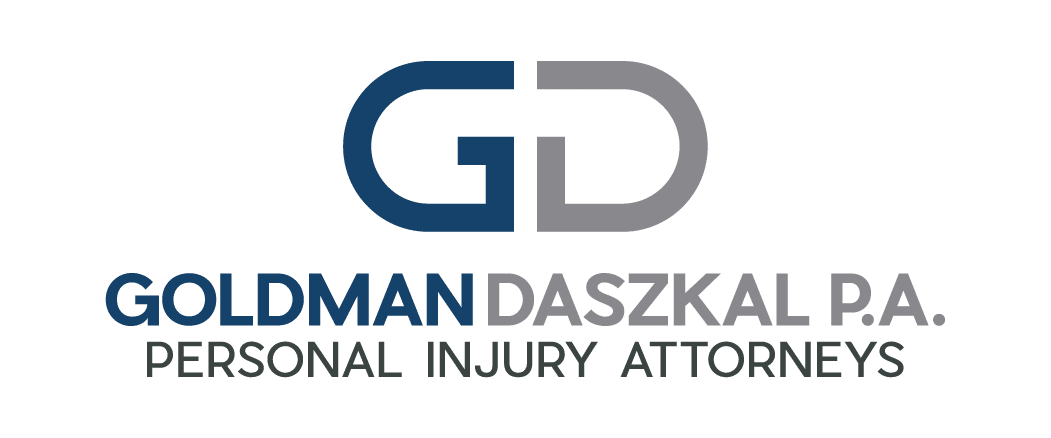When we think of motor vehicle crashes, car and truck accidents typically come to mind.
Train – Motor Vehicle Collisions
But did you know that there were over 12,000 collisions between trains and motor vehicles in 1972? Due in large part to the efforts of “Operation Lifesaver: Rail Safety Education”, that number has declined by over 80%. In 2017, collisions between trains and motor vehicles totaled 2,100.
Train Injuries and Fatalities
Although there were not near as many motor vehicle – train collisions in the last few years, there still were more than 8,000 injuries and 871 fatalities on trains, at railroad, and at grade-crossings in 2017.[1] These numbers consider train passengers as well as employees, volunteers, and trespassers. The injuries and fatalities stem from a total of over 1,600 accidents during the same year, in which over 1,100 of these were derailments, 86 were collisions, and 356 were other types of accidents.[2]
What Causes Train Accidents
Trains are an efficient and relatively safe mode of transportation. But the sheer size, weight, and speed of a train can cause calamitous consequences if it is involved in a collision, derailment, or other type of accident. Freight trains carry heavy cargo and may reach speeds of 80 miles per hour. Passenger trains such as Amtrak carry hundreds of passengers and travel at high speeds. Monorail trains at various tourist sites may carry dozens or hundreds of passengers at a time.
A train accident may involve a collision with a motor vehicle, a crash with another train, or a derailment. In any of these cases, it may be difficult to determine responsibility for the accident. Accidents can be caused by mechanical failure, poorly marked crossings, heavy cargo, human error, tracks that weren’t properly maintained, or a combination of these. And, depending on the cause, there is a possibility that a case could involve negligence from the company that owns the tracks, the manufacturer of the tracks, the train company, the manufacturer of the train, or the motor vehicle owner if another vehicle was involved in a crash. If you or a loved one suffered an injury as a result of a train accident, you will need an experienced personal injury attorney to help you pursue a claim.
Railroad Governance
Railroads have a duty to take reasonable care in train operations, maintenance and warning signs; they have an even higher duty of care to keep passengers safe.
The Federal Railroad Administration (FRA) is a division of the U.S. Department of Transportation. The FRA regulates the railroad industry and national safety standards. The National Transportation Safety Board (NTSB) is an independent Federal agency charged by Congress with investigating railroad accidents as well as other transportation-related accidents. “The NTSB determines the probable cause of the accidents and issues safety recommendations aimed at preventing future accidents.”[3]
What to Do After a Train Incident
If you were in a train crash, seek emergency medical help and follow the recommendations of health care providers. Then, preserve any evidence related to the accident. Write down notes, take pictures, and obtain contact information for witnesses or others with whom you speak. Next, promptly contact a reputable personal injury attorney to find out how to proceed with your case.
If you or your loved ones were injured in a train accident, Goldman & Daszkal, P.A. may be able to help. Contact us at (954) 428-9333 or www.goldmandaszkal.com.
Since 1990, Goldman & Daszkal, P.A. has provided reputable legal representation to people
throughout the state of Florida. The
firm has helped thousands of individuals recover compensation from motor
vehicle and boating accidents, slip and fall accidents, product defect and
liability cases, pharmacy errors, and negligent security cases to cover medical
expenses, pay bills, take care of their families, and return to work. Goldman & Daszkal,
P.A. can
help you get the relief you need to start living your life again after a
serious injury. For a free and
confidential consultation, contact Goldman & Daszkal,
P.A., at (954) 428-9333.
[1] U.S. Department of Transportation Bureau of Transportation Statistics, https://www.bts.gov/sites/bts.dot.gov/files/docs/browse-statistical-products-and-data/national-transportation-statistics/223001/ntsentire2018q3.pdf
[2] U.S. Department of Transportation Bureau of Transportation Statistics, https://www.bts.gov/sites/bts.dot.gov/files/docs/browse-statistical-products-and-data/national-transportation-statistics/223001/ntsentire2018q3.pdf
[3] National Transportation Safety Board https://www.ntsb.gov/about/Pages/default.aspx
